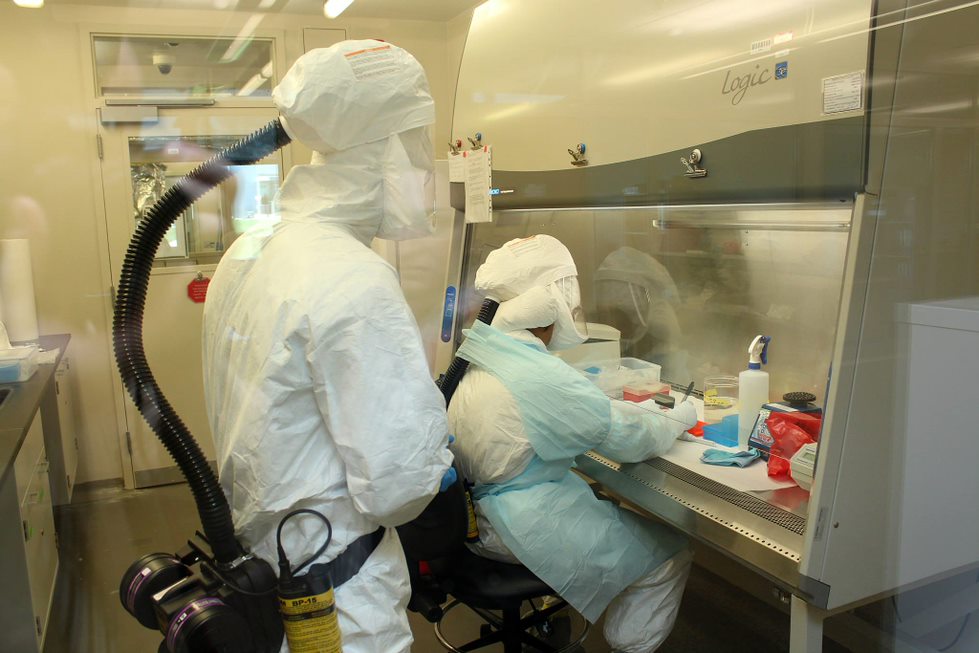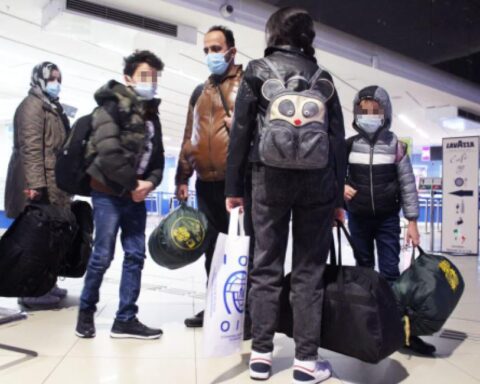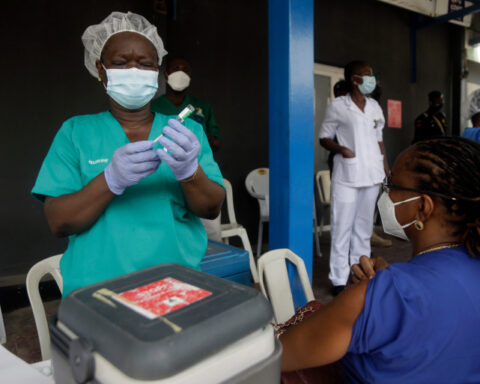Geneva – Today, it launches a Strategic Response and Recovery Plan (SRRP) for 2021 that will allow IOM to continue to assist people struggling with the crisis and its devastating consequences in 141 countries.
IOM’s SRRP requires USD 812 million to scale up public health measures, increase equitable access to health services for migrants, displaced persons and other vulnerable groups – including access to the vaccines – and to address the humanitarian, socioeconomic and protection needs that have been exacerbated by the pandemic.
“Unfortunately, those who were hit the hardest by COVID-19 have been the people with the least capacity and resources to cope with this unprecedented crisis,” said IOM’s Director General António Vitorino.
“Looking forward, we must first and foremost focus on bringing this pandemic to an end, and IOM is ready to support Member States with vaccination efforts. At the same time, we must fully address the humanitarian needs and protection risks that have increased the suffering of millions and begin recovery efforts.”
Migrants and displaced populations, among other groups, have been especially vulnerable to the pandemic’s consequences. Many live in crowded conditions where the risk of infection from COVID-19 or other diseases is high. They have also been at heightened risk of mental health challenges, gender-based violence and incidents of discrimination or stigmatization.
Mobility-related policies and lockdown measures have often made it more difficult for these populations to earn an income, send remittances home, access essential services and move.
In 2020, nearly USD 336 million from over 64 Member States and public and private sector donors facilitated IOM’s pandemic response. Throughout the year, the Organization successfully supported:
Nearly 35 million people in 60 countries impacted by humanitarian crises with COVID-19 related interventions;
Close to 37 million people with COVID-19-related risk communication messages and community engagement efforts;
Over 2,600 stranded migrants to return home in a safe and dignified manner;
More than 1,000 points of entry (airports, ports, land border crossings) with COVID-19 preparedness and response measures;
Approximately 240,000 people to rebuild their livelihoods;
570 health facilities in dozens of countries with essential health services, including routine immunizations; and
19 million people with critical water, sanitation and hygiene supplies, and installed or rehabilitated over 19,200 handwashing facilities.
These and other achievements are highlighted in a new progress report that presents an overview of IOM’s response to COVID-19 in 2020 and key lessons learned to inform upcoming efforts for response and recovery. It highlights the importance of integrating public health considerations in migration and border management, reliable real-time data and working closely with communities themselves.
“By working hand in hand with national authorities, the UN system, partners and local actors, IOM has been a key actor in the response to this global emergency and remains committed to addressing the needs of people on the move and helping communities kickstart recovery,” said Mr Vitorino.
IOM’s 2021 SRRP focuses on four strategic objectives:
Continue essential services for, mitigate risks of and protect displaced persons, mobile populations and host communities;
Scale up essential public health measures and promote mobility-sensitive health systems;
Mitigate the longer-term socioeconomic impacts of COVID-19, contribute to restarting human mobility and empower societies for self-reliance; and
Inform response and recovery efforts by tracking the impact of COVID-19 on mobility and people on the move and strengthen evidence-based decision-making through data.
The plan has been designed with a people-centred approach, one that is adaptable to national and local contexts and aligned with the Organization’s commitment to operationalize the Humanitarian-Development-Peace Nexus approach.
IOM’s Global Crisis Response Platform provides an overview of IOM’s plans and funding requirements to respond to the evolving needs and aspirations of those impacted by or at risk of crisis and displacement in 2020 and beyond. The Platform is regularly updated as crises evolve, and new situations emerge.






